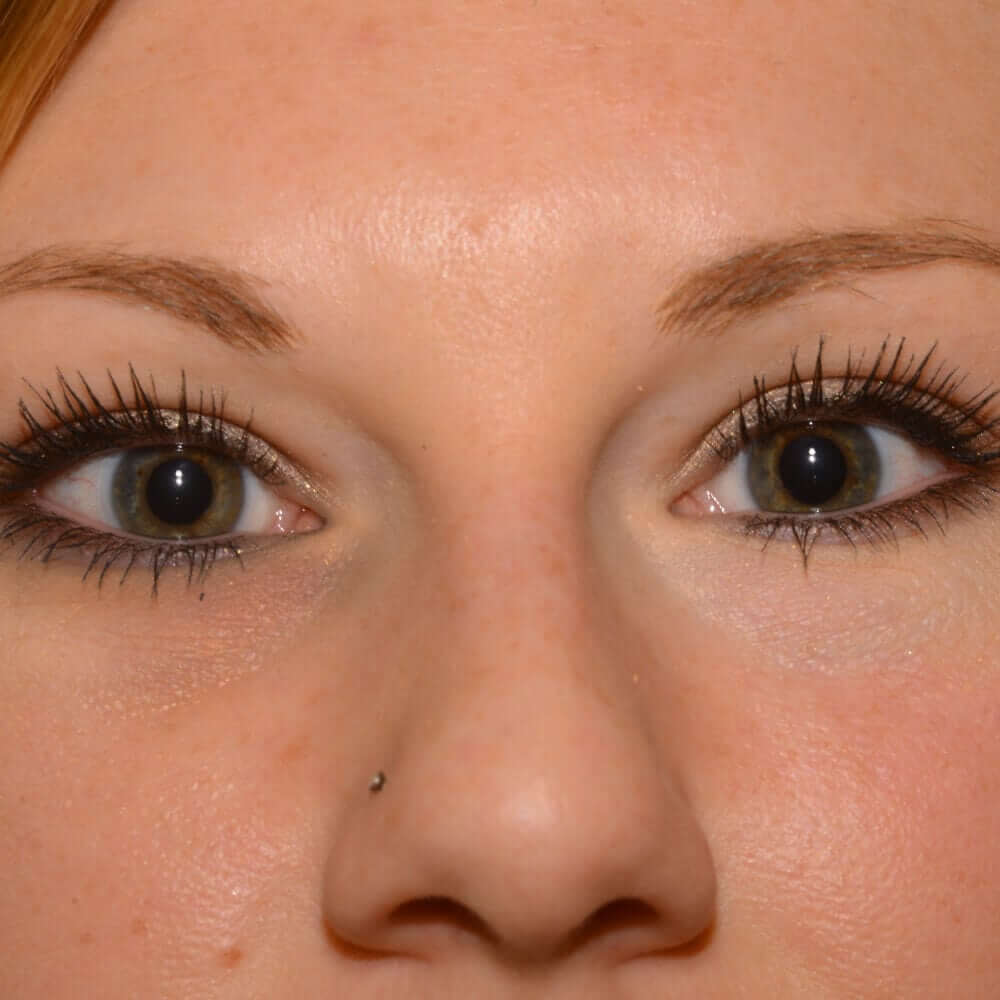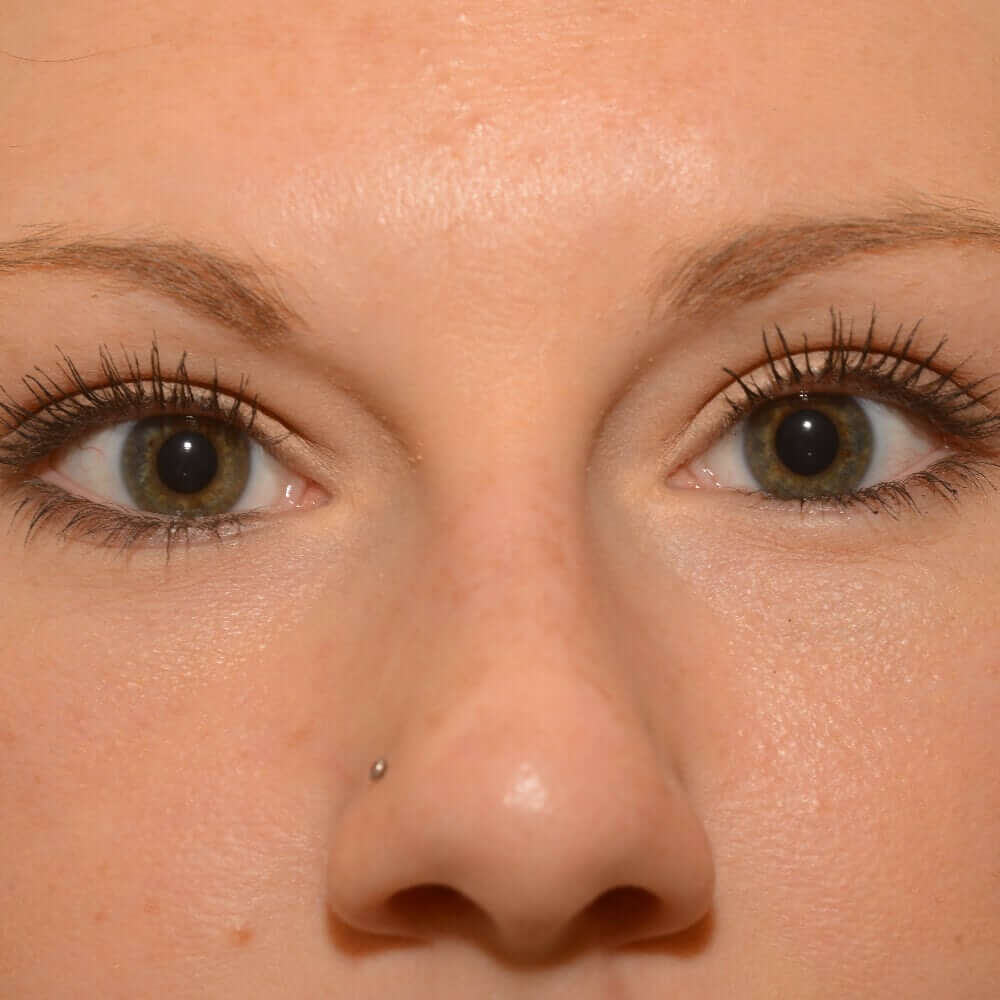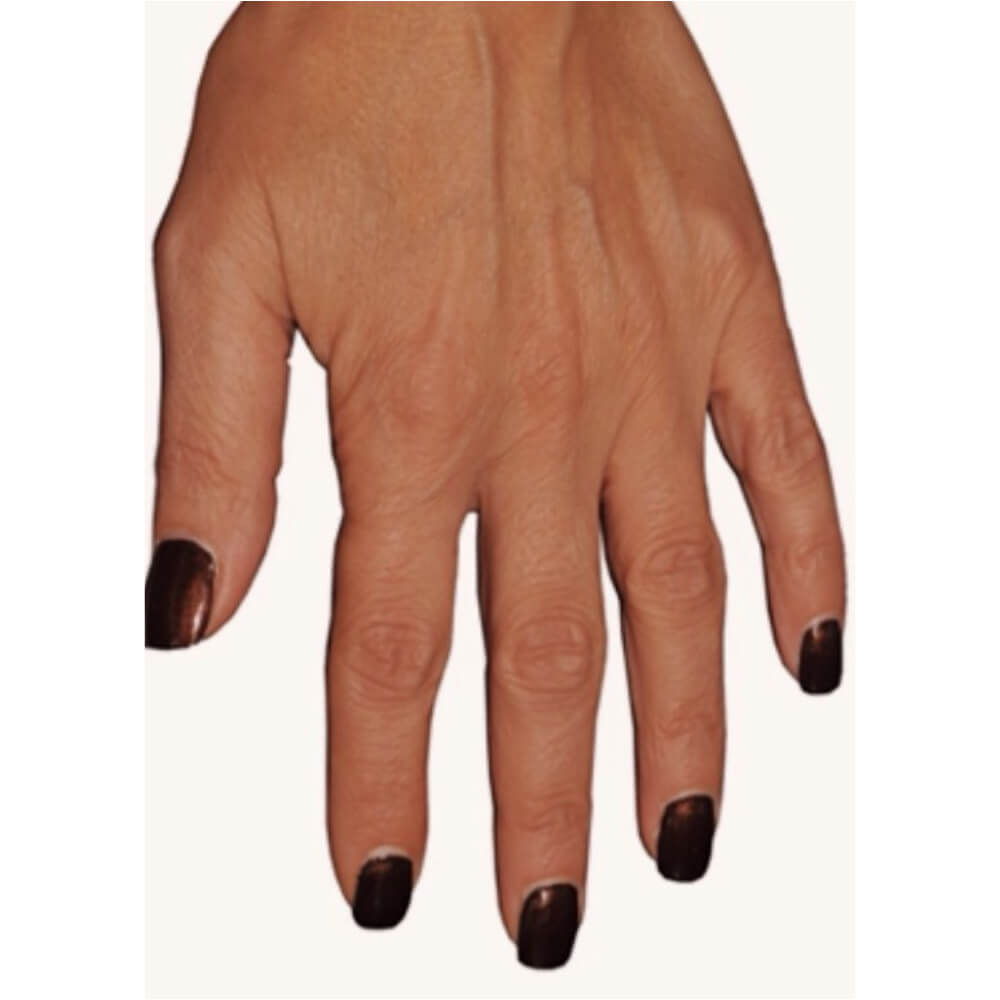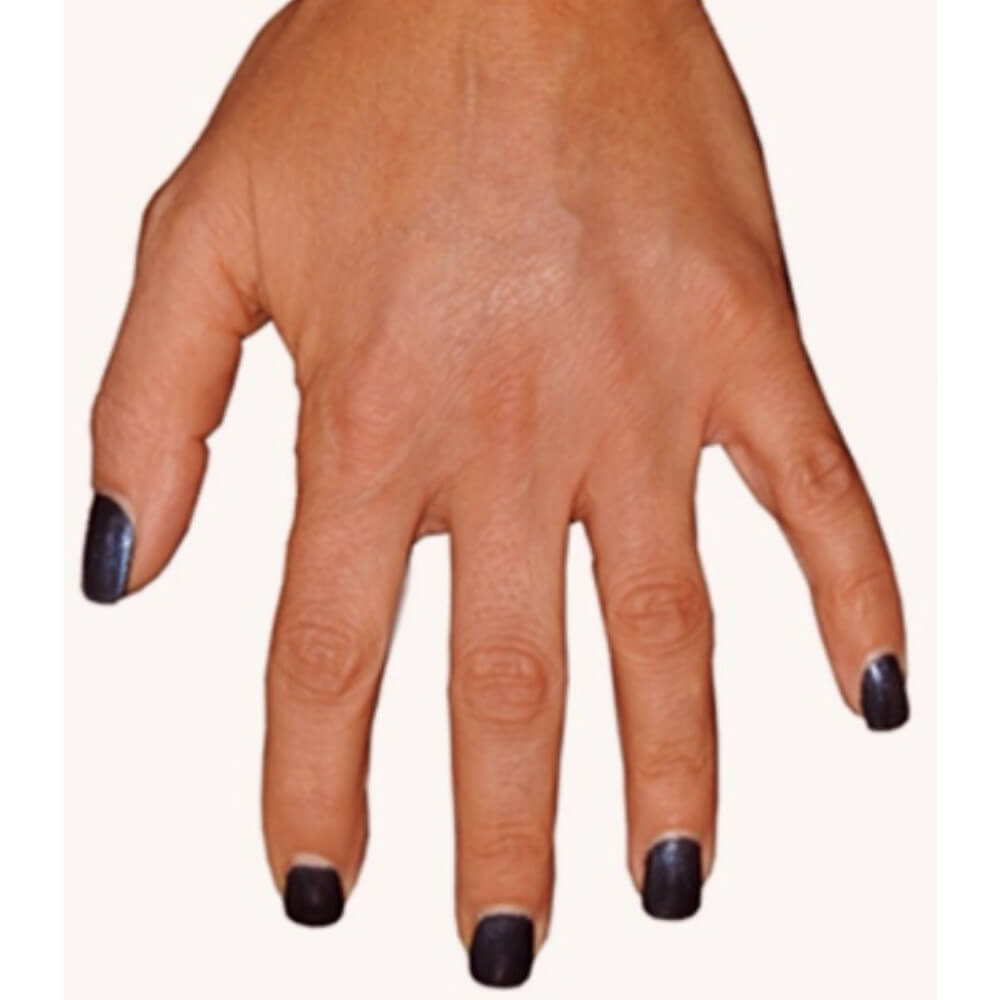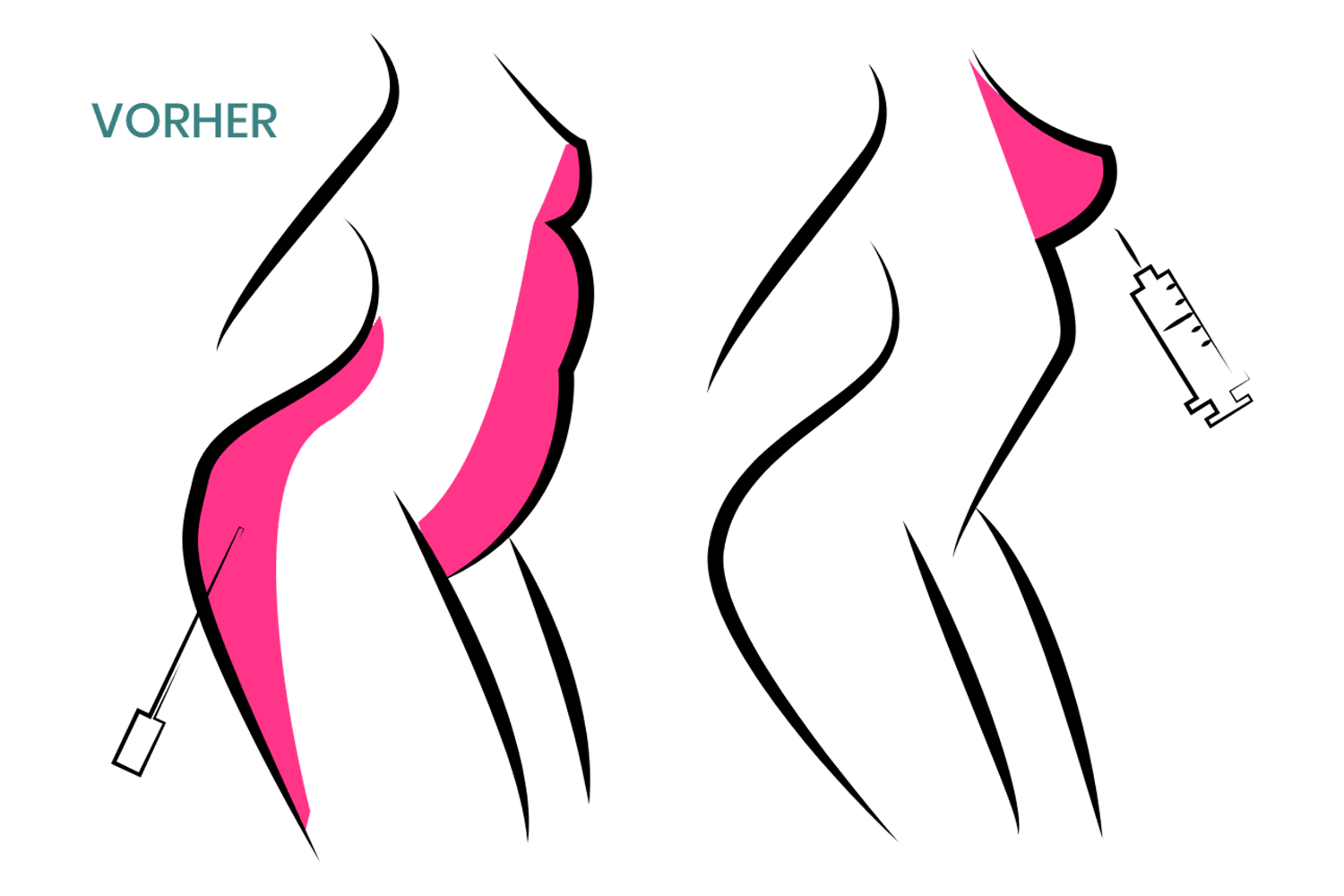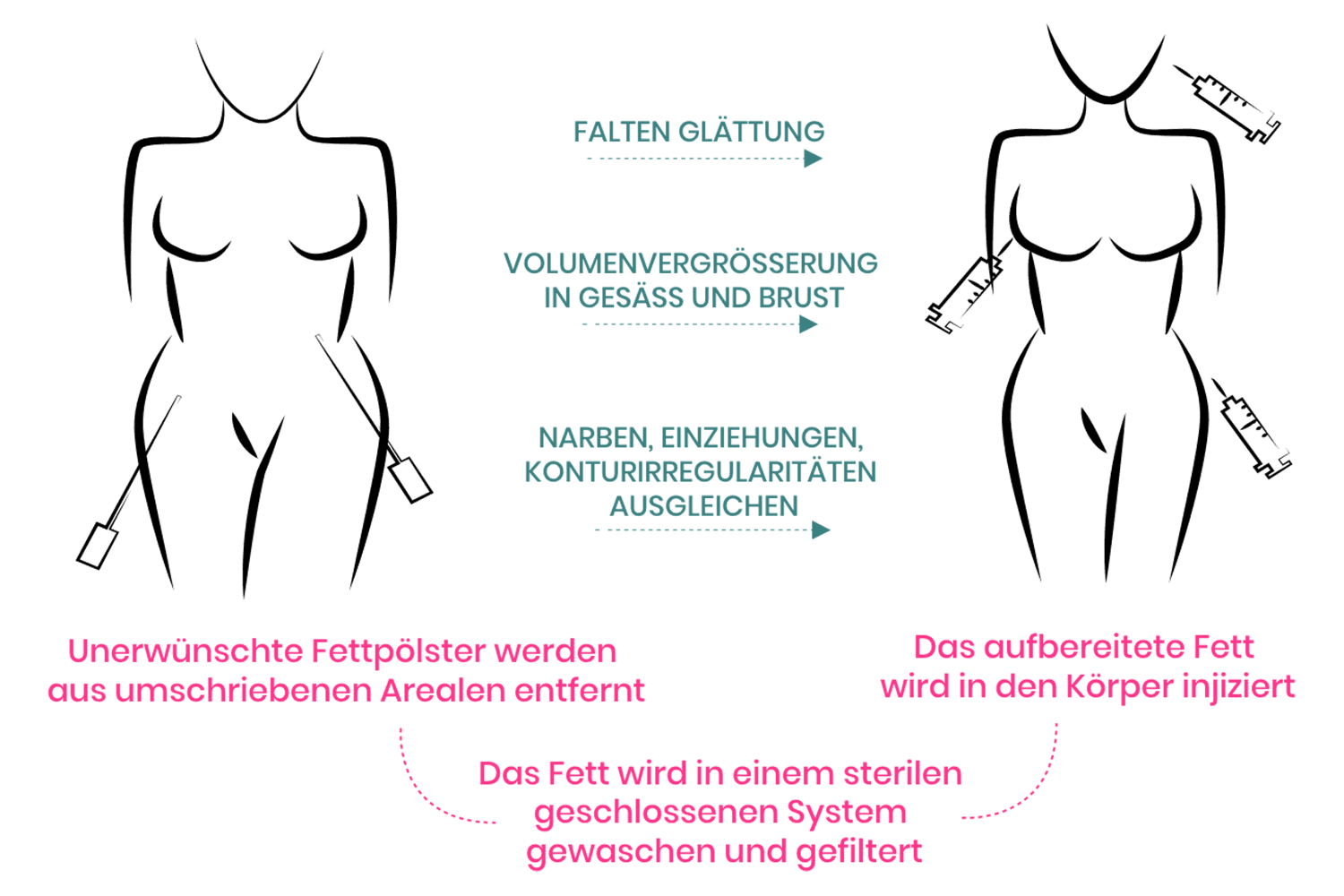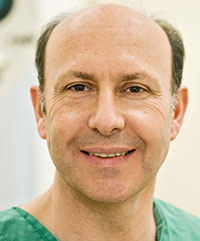1. What is an autologous fat graft?
In contrast to organ transplantation, in autologous fat grafting fat is removed from a body site (e.g. stomach, thighs, etc.) and introduced in a different body site (e.g. lips, eye rings, etc.). It is therefore the transplantation of one’s own body tissue, whereas organ transplantation is the introduction of foreign tissue into the body.
2. For what can one’s own fat be used?
The autologous fat transplantation is used primarily for cosmetic corrections in the face. These include lip augmentation, elimination of the nasolabial folds, filling of dark circles or general rejuvenation of the face. Fat transplantation has been used for several years, but since the discovery of stem cells in fat tissues (ADSC), it is also used to improve damaged skin, correction of larger tissue defects and for beautifying scars.
3. What are the properties of the stem cells of the adipose tissue?
Stem cells in the fat tissue (ADSC) have the useful property of being able to evolve as a function of their environment in different cell types (niche theory). These include inter alia skin tissue, connective tissue, blood cells, blood vessels and fat cells. Just this property allows significant improvement in the appearance of irradiated skin, burn scars and scars in general.
4. How is the transplanted fat biodegraded by the body?
The purpose of autologous fat transplantation is to achieve noticeable fat healing in the recipient site. The fat cells will be re-vascularized and survive in the new region. The amount of take varies between 30-80%, so several sessions may be necessary to achieve the desired effect. Healed fat will not disintegrate, and the result is permanent.
5. If more procedures are planned, how much time should elapse between the surgery?
There should be at least two months between procedures.
6. Can fat grafting be used to replace implants in a breast augmentation?
Breast augmentation with autologous fat transplantation is in its early stage and still limited, however, technically the road has been paved. Amazing results can already be achieved with the enrichment of the fat tissue with ADSC (stem cells of adipose tissue), the expansion of the breast with a suction cup (BRAVA method) and multi-layered placement of fat. However, breast augmentation with autologous fat transfer still has its limits. The current restriction is at approximately 150-250 ml/chest. This also implies that between 500-1000 ml of pure fat has to be taken, a lot of which is not available in every woman.
7. Can fat grafting be used to replace a facelift?
No. Characteristic of the aging process is a loss of subcutaneous fat and the associated volume loss in the face. Fat grafting re-introduces volume in the face. A facelift corrects excess skin and lifts the sunken structures. Therefore, autologous fat transplant is regarded as an ideal complement to a facelift and the two procedures are often performed together.
8. Which is better, body fat or artificial fillers?
In my view, one’s own body fat should be given preference. Initially operating efforts & costs are somewhat greater, however, in the long term fat grafting is more cost effective. Fillers such as Hyaluronic acid are metabolized by the body within 4 to 6 months; therefore it must be repeated regularly. In fat transplantation the volume gain achieved is permanent, the healing rate of transplanted fat however varies between 30-80%, and. In addition, there can be no allergic reactions and/or intolerances of any kind, because it is the body’s own tissues.
9. How complex is an autologous fat transplant?
The transfer of small amounts of fat (up to 100ml) can almost always be performed on an outpatient basis and under local anesthesia. For larger quantities or if fat is to be transplanted into many regions, a light sedation is recommended. An average autologous fat transplantation (dark circles, nasolabial folds or lips) lasts 20-25minutes and needs about 10ml of patients’ own fat.
10. What complications can occur?
Complications associated with autologous fat transplantation at the recipient site are extremely rare. Medical complications such as local infections are easily manageable. Improper handling may result in oil cysts and calcifications. Other complications can be asymmetry, lumps, bulges, bumps and displacements. Cosmetic complications can almost always be completely corrected. Complications with fat removal are negligible at low suction.
11. Is there any permanent scarring after autologous fat transplantation?
An incision of 1-2mm in length is necessary for the transfer of fat and generally heals without a trace, suturing is not necessary. The scars in the donor region are roughly the same size and therefore also difficult to see.
12. As of when are you “socially acceptable” after autologous fat transplantation?
Depending on the recipient region, varying degrees of swelling can occur for several days but will usually subside after a week at the latest. For minor corrections no abnormalities should be visible within 1-2 days.
13. What are the long-term results after autologous fat transplantation?
In general, long-term results are excellent. Additional procedures may be performed at any time and as often as necessary.
